In June 2021, we were just coming out of several Covid restrictions in the UK and summer was looking a bit brighter. We took the opportunity to head to Barcelona for two weeks to (i) visit Victor’s parents and (ii) finally leave the UK! Victor’s parents thought we should go on a bit of an adventure, beyond Barcelona. We were supposed to head up north to the mountains, but when the weather forecast indicated that we would be faced with nothing but rain, we decided to go south instead! We decided to visit a few areas, one such area being the Ebre lands. It’s a beautiful district on the Costa Dorada in Catalunya, situated along both sides of the Ebre River.
Boat Tour
As the Ebre River heads toward the Meditteranean Sea, it flows into the Delta de l’Ebre (Ebre Delta), one of the largest wetland areas in the western Mediterranean region. One of the best ways to explore the delta is by boat. I’m not sure how we decided on our particular boat, but there are a couple of boat tour companies that offer boat rides down the delta until the opening to the sea.


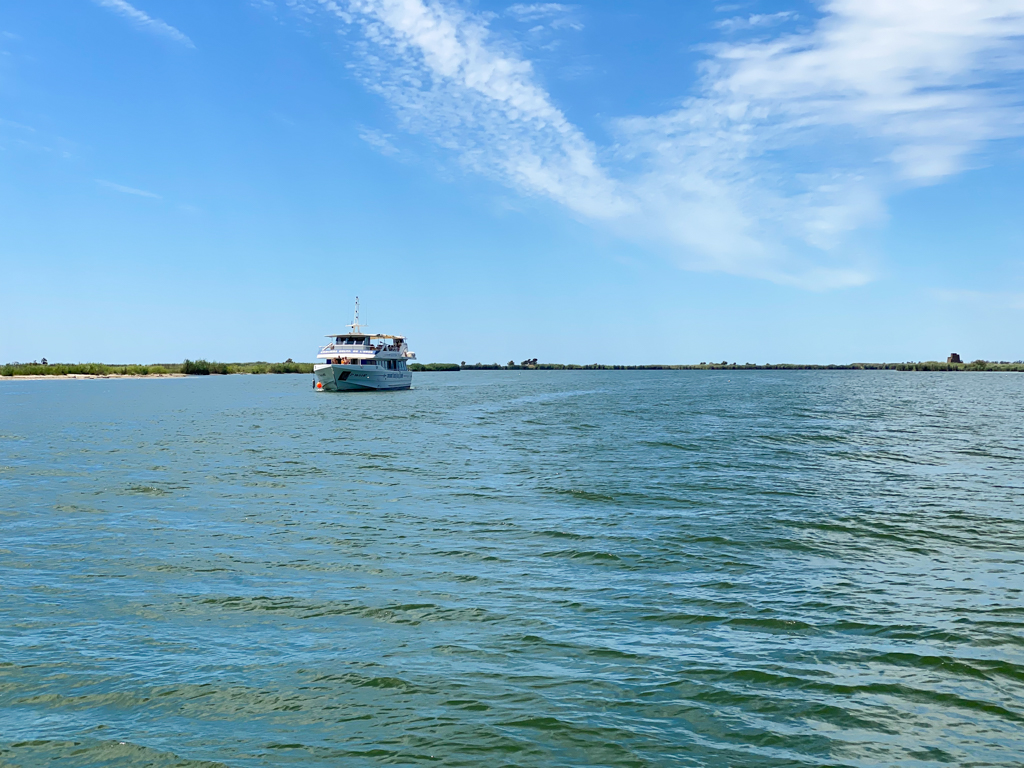
The Delta de l’Ebre is home to numerous types of flora and fauna. It’s no wonder that the area is a natural reserve with its incredibly rich landscape made up of the river leading to the sea, beaches, dunes, saltmarshes, riverside woodlands, coastal lagoons, fluvial islands and ullals (pools). It also has a great variety of living things. Birds, fish, reptiles, amphibians, invertebrates… you name it! It’s an amazing place to explore.


Lunch
After the boat tour, we headed to lunch at Albert Guzmán Restaurant, located further down the coast in the town of Sant Carles de la Ràpita. The restaurant’s vision is to merge the seafaring tradition of the town with modern, updated recipes and techniques from around the world. We started with mussels, delicious and fresh from the area. We then started with some very creative starters, the first being Takoyaki, a Japanese dish consisting of an octopus fritter, topped with bonito flakes. We also had fried sea urchins. The sea urchin was so delicately creamy, which contrasted well with the crunchy, salty batter on the outside.


For our mains, we couldn’t resist the paellas. I mentioned above that the Delta is home to rice patties. In fact, the Delta is the rice-growing capital of Catalunya as it has over 22,000 hectares to grow rice. So, it would be prudent of you to try some rice around here!
Victor’s parents got a paella with duck and mushrooms. We got black rice, a paella dish so-called after the squid ink-stained rice. It’s a seafood paella and is one of my favourite types to get in Spain. This version was so incredibly intense in flavour, very deep and overwhelming but in a very satisfying way.

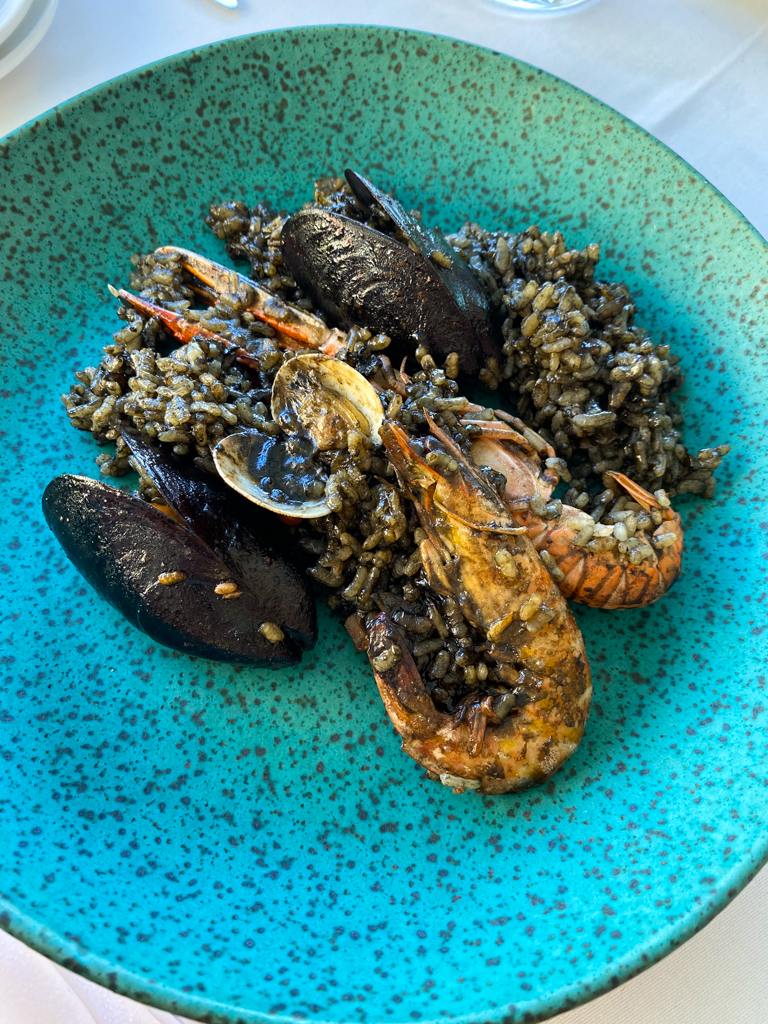
Our Hotel
Once we were more than full, we checked into our hotel in the town of Tortosa. Tortosa, located inland but along the Ebre River, is the capital of the area of Baix Ebre. It’s a very old town, dating back to the Punic Wars and the Romans. We chose Tortosa as our base because it’s situated between the Delta and the wine region of Priorat.
We stayed specifically at Parador de Tortosa, a hotel located in a grand, 10th-century castle!
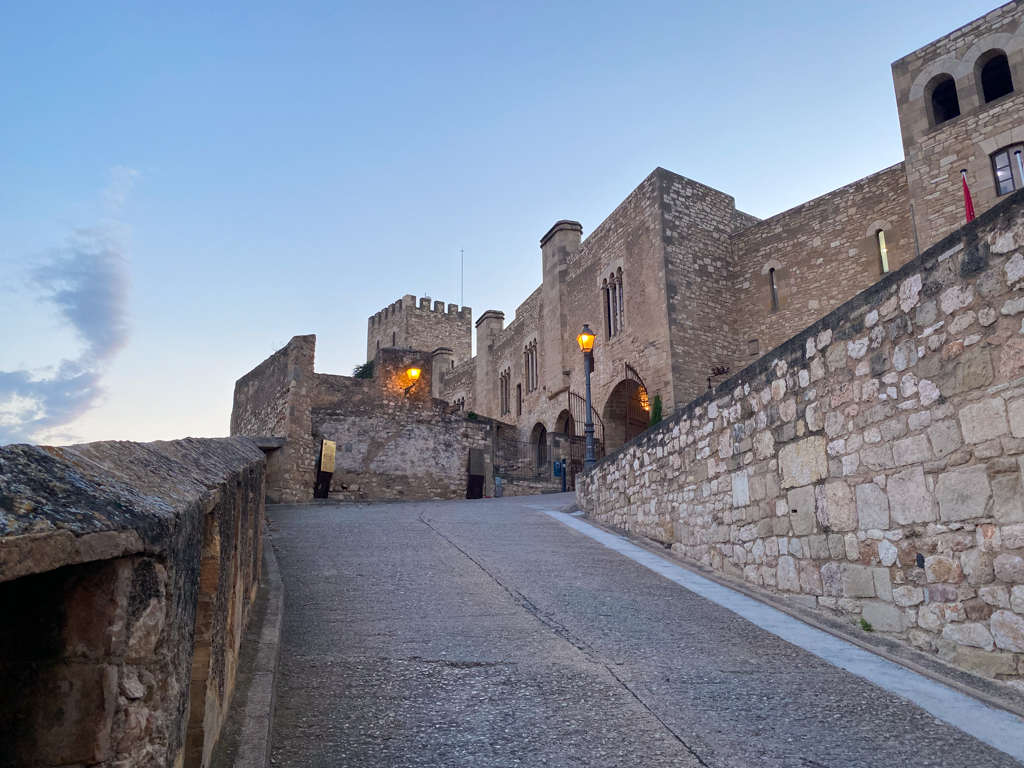
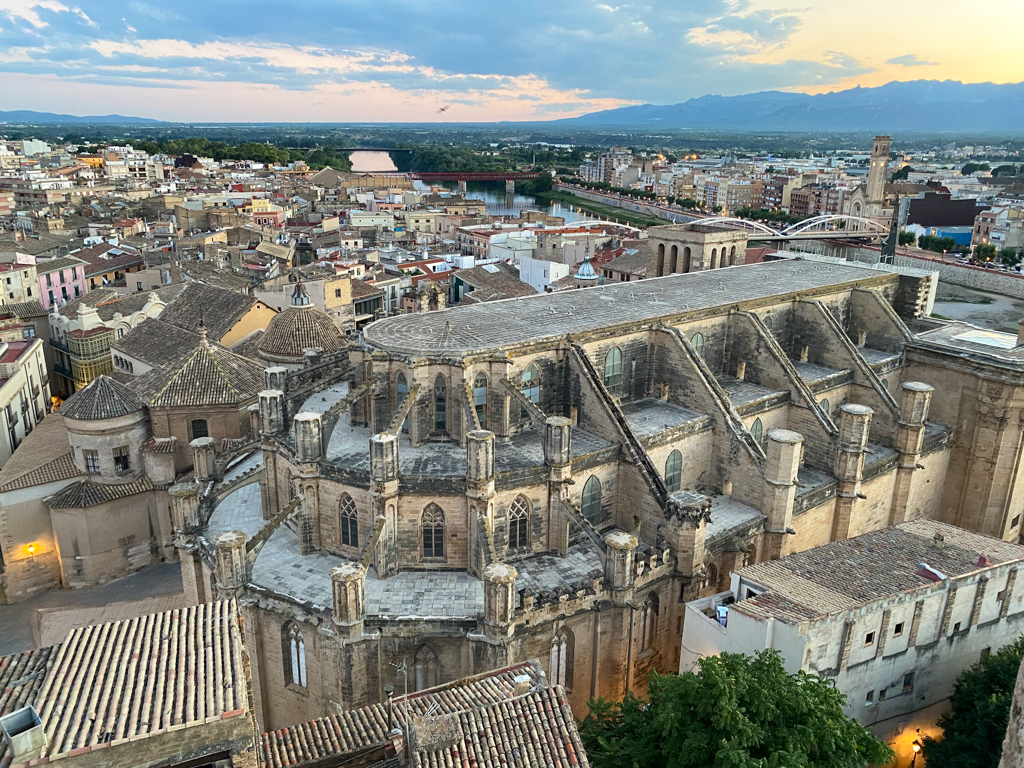
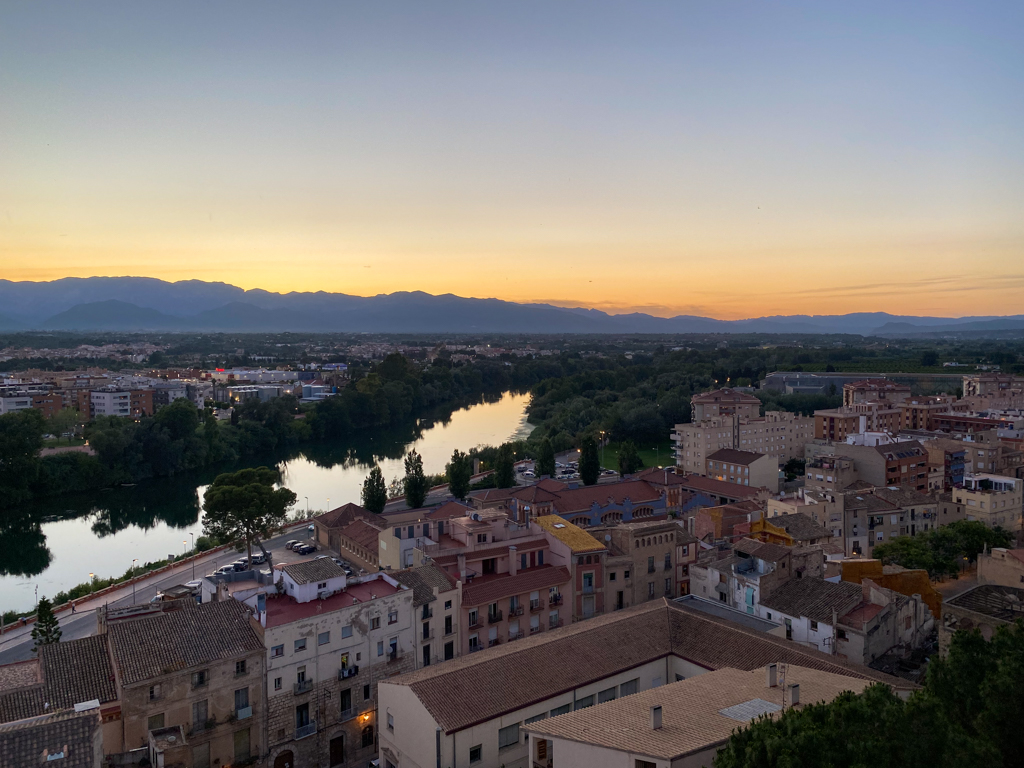
The rooms were adorned with Gothic-style windows and beautiful balconies.
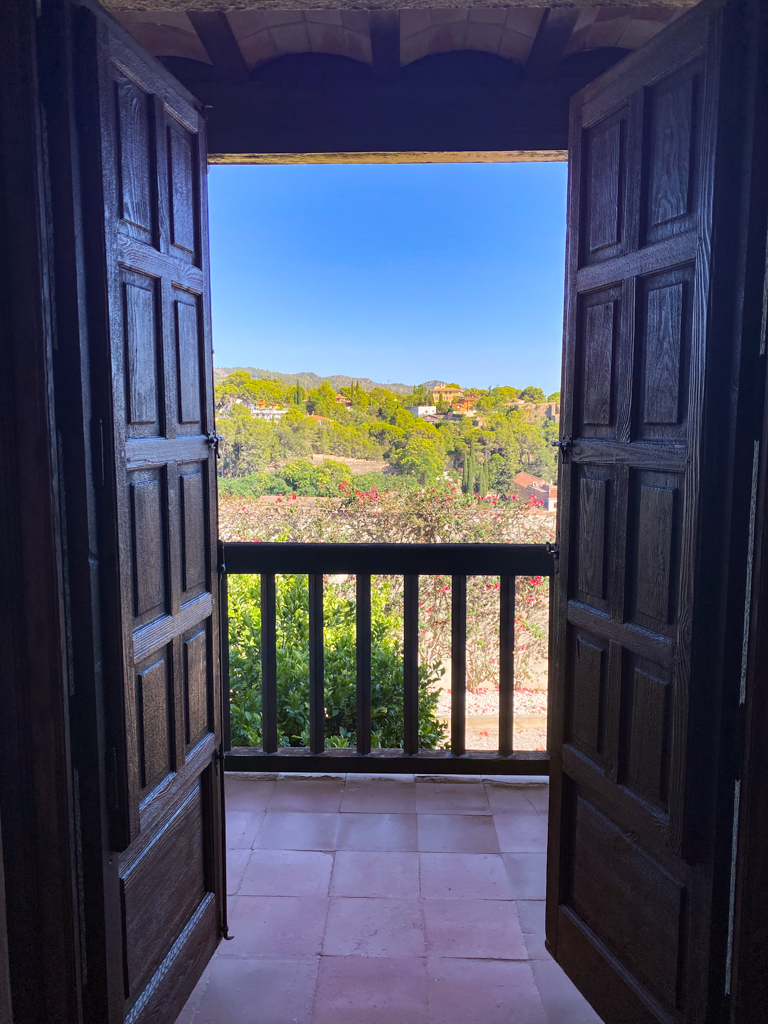


And of course, the views from the hotel were incredible as the castle was appropriately built on top of the hill.

Salt, Fishing and Birdwatching
The next day we started back at the Delta, this time at the MónNatura Delta de l’Ebre. It’s an open-air museum built to highlight three main aspects of the Delta: salt, traditional fishing and birdwatching.
The museum features restored lands of the old salt pans of La Tancada. Salt pans are human-made ponds where seawater evaporates thanks to the effect of the sun and wind, to reveal common salt. Salt contributed immensely to the economy of the area, being both a commodity and a key tool in preserving food.
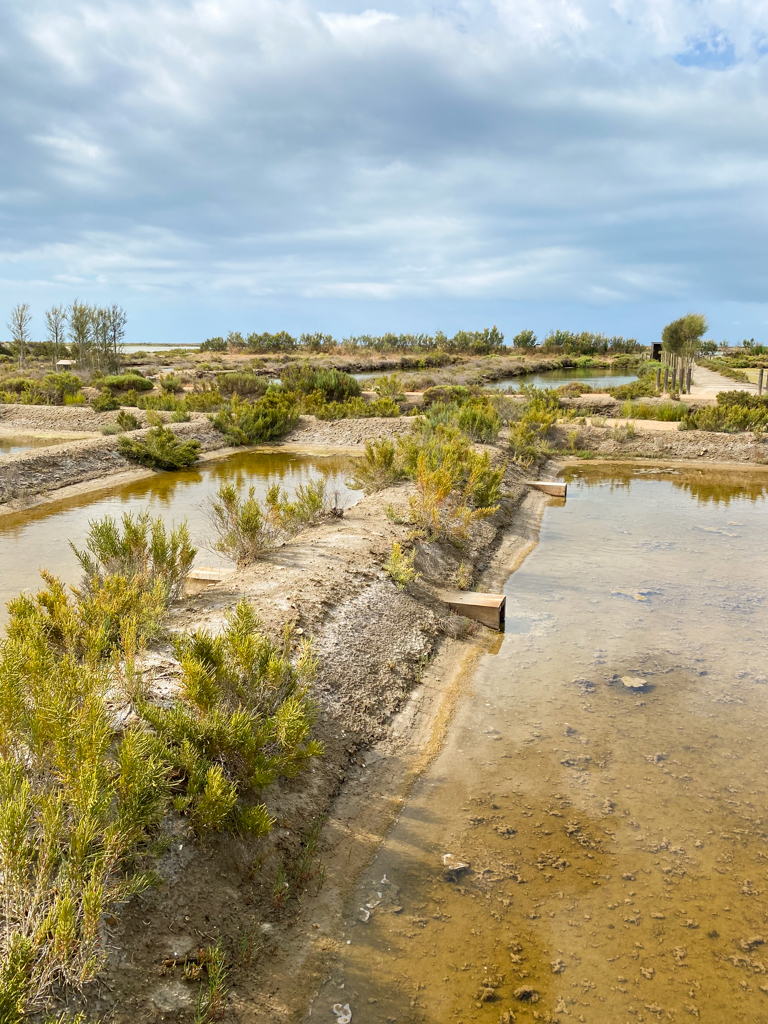
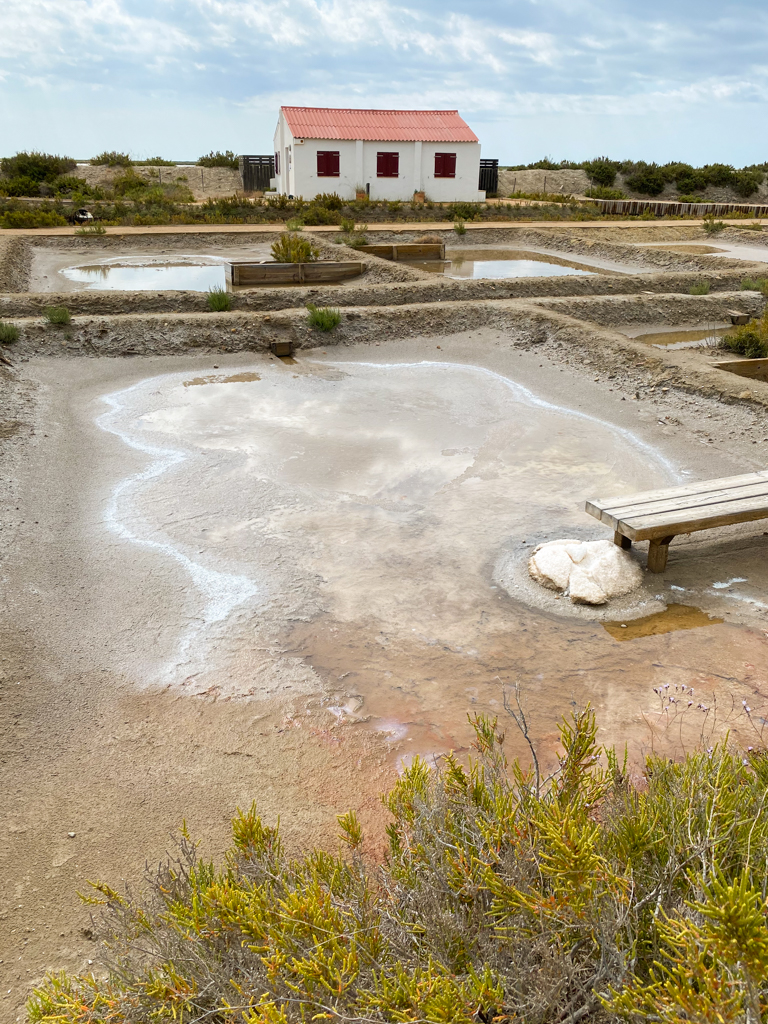
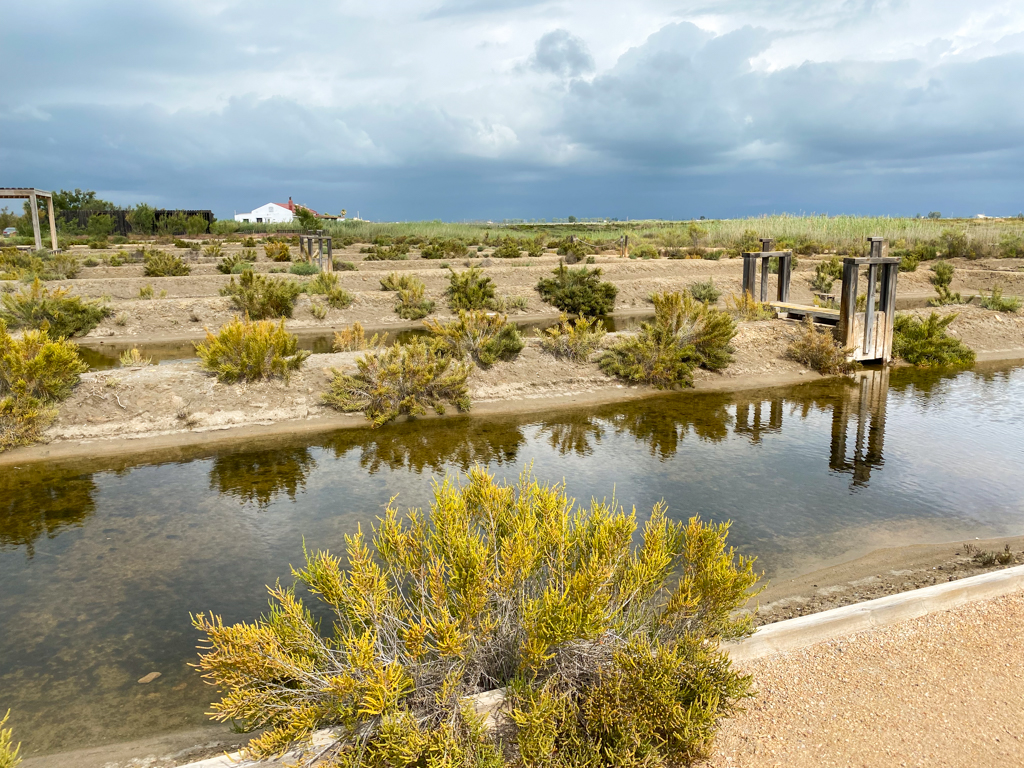
There is a roof-viewpoint that offers a 360º view of the Delta. In addition to the 95 species which call the Delta home, there are another 300 birds that pass through the Delta each year as part of their migratory route.
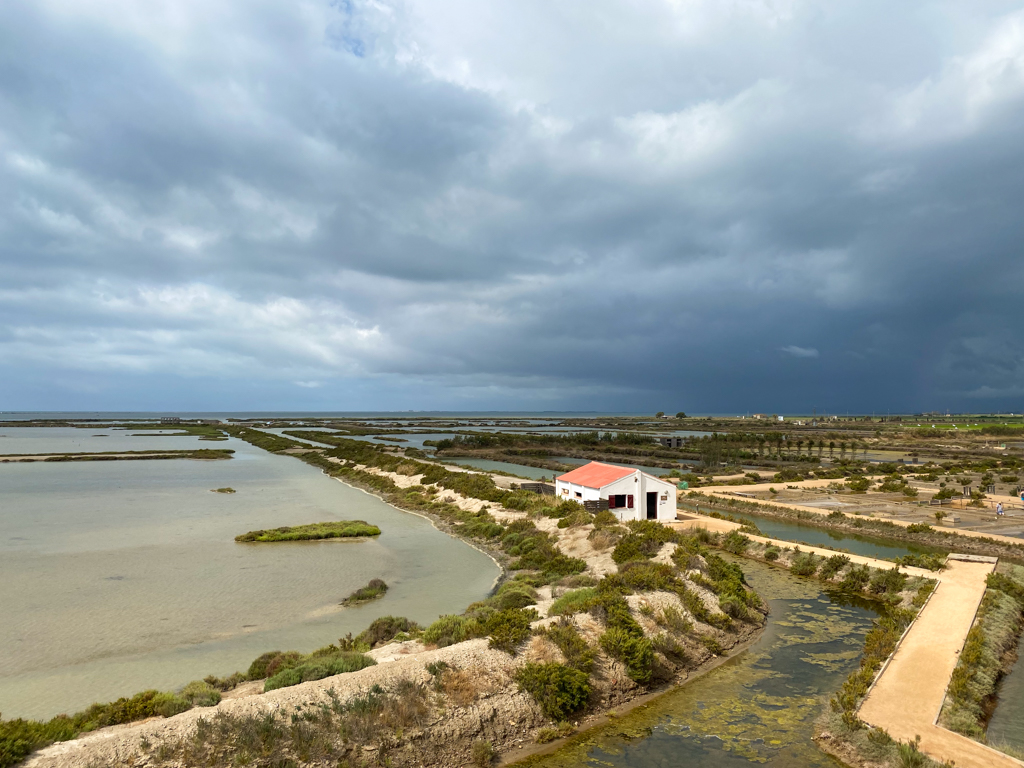
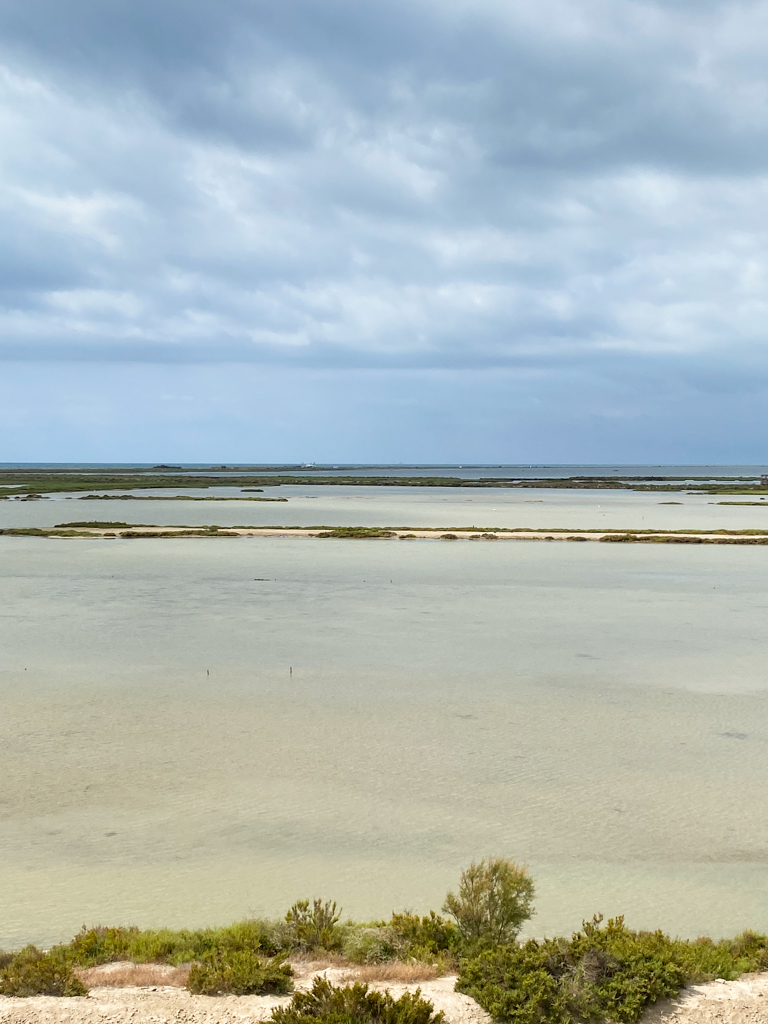
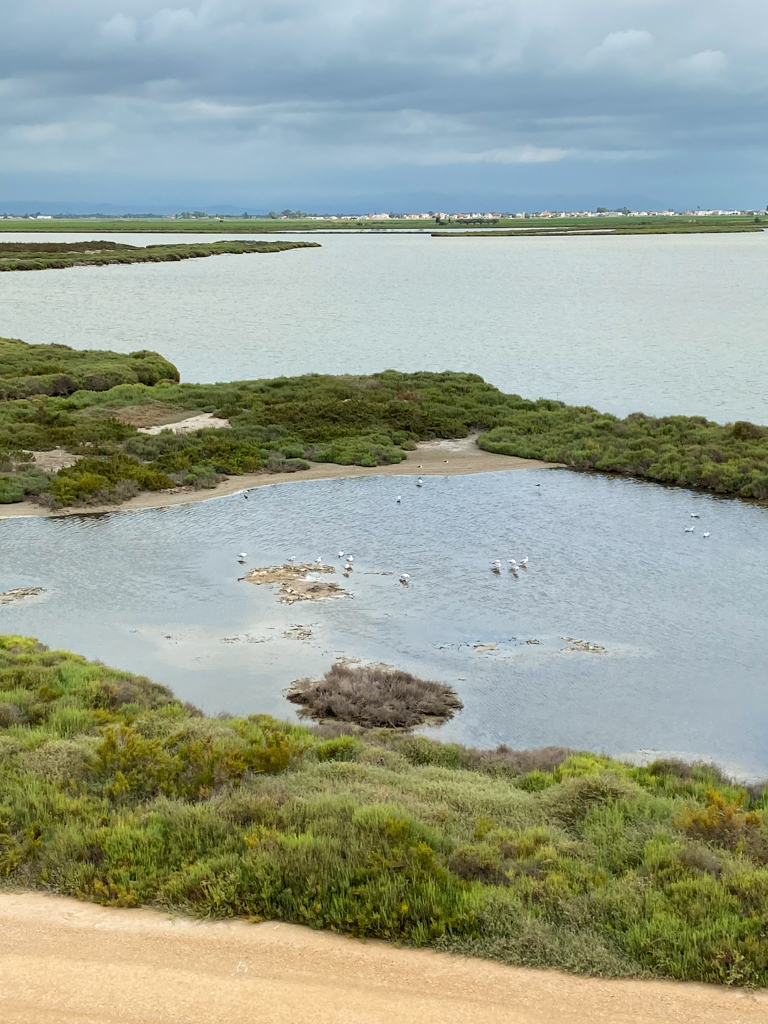
Since 1992, a colony of pink flamingos have been settled in the Delta where they are visible throughout the year, although they’re most visible in the winter. This is now the only place in Catalunya where the birds reproduce and some 2711 pairs were counted in 2017, the highest number on record yet.
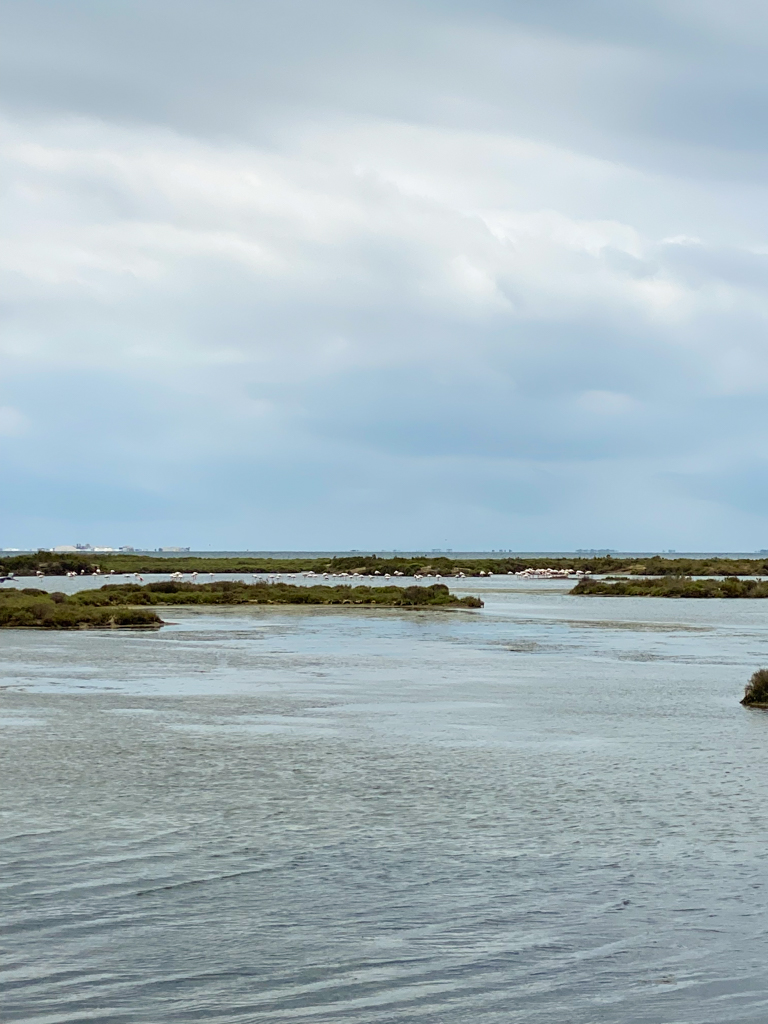
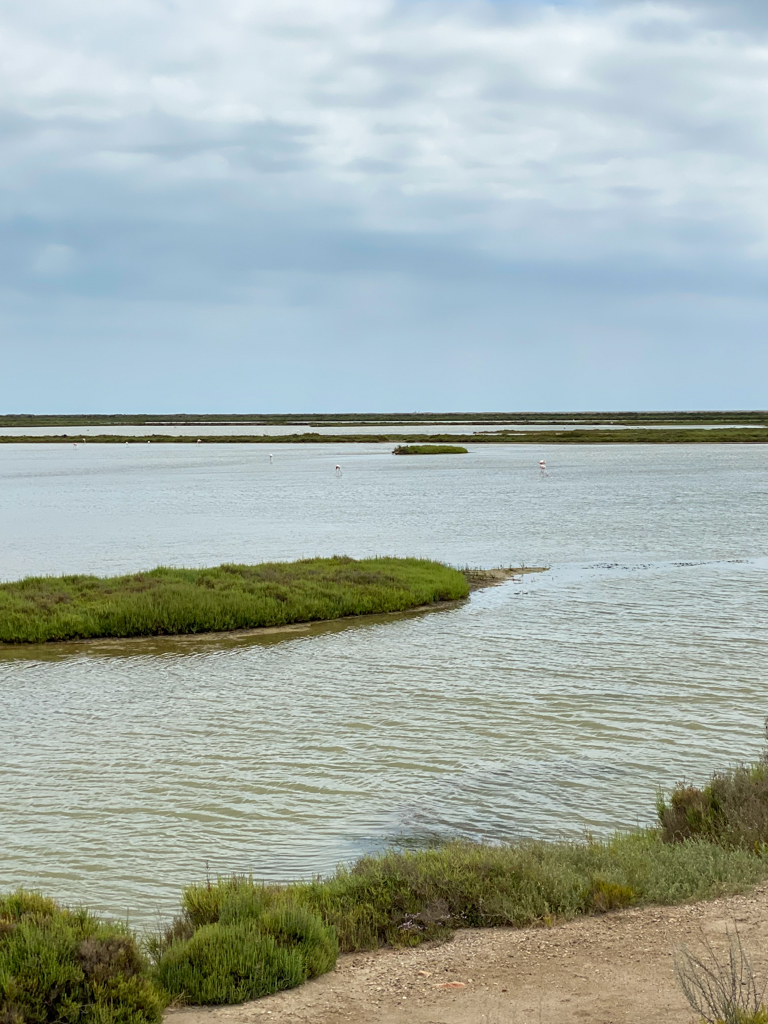
The museum area is a lovely spot to visit and good way to see the best of what the Delta has to offer.
Mussel Farm
After wandering around the open-air museum, it was time for aperitivo. We booked a very special tour to a mussel farm, out on the sea! We visited via Musclarium, a project where individuals can go out to the mussel farm and also enjoy fresh seafood out at the farm.
We thought this was a great way to get to know a relatively unknown industry to us. So, we hopped on a boat that transported us to the first mussel farm built in Sant Carles de la Rapita. Once at the farm, we listened to a short explanation of farming by one of the farmers. He pointed out that they not only grow mussels but oysters too.


We then got to sit down in their lovely open-air restaurant to try some fresh mussels and oysters, as well as white wine. Needless to say, it was a simply divine afternoon.


Natural Park
Finally, we wanted to visit the Delta nature reserve one more time as we had actually only seen it via the boat tour we took on the first day. Called the Parc Natural del Delta de l’Ebre, the nature reserve can be explored via car, boat, walking or even cycling. It was really neat to actually walk through the dunes and take things in a bit more slowly.
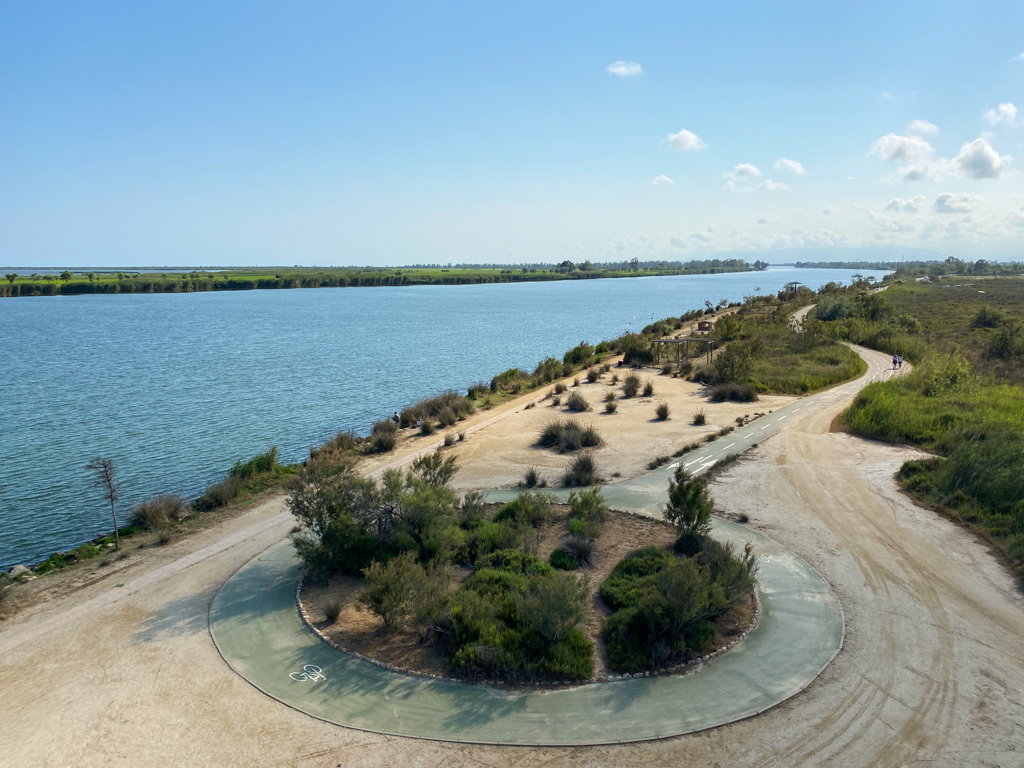
 It was the perfect end to our few days exploring the area.
It was the perfect end to our few days exploring the area.
Have you heard of this Delta? Would you like to visit?

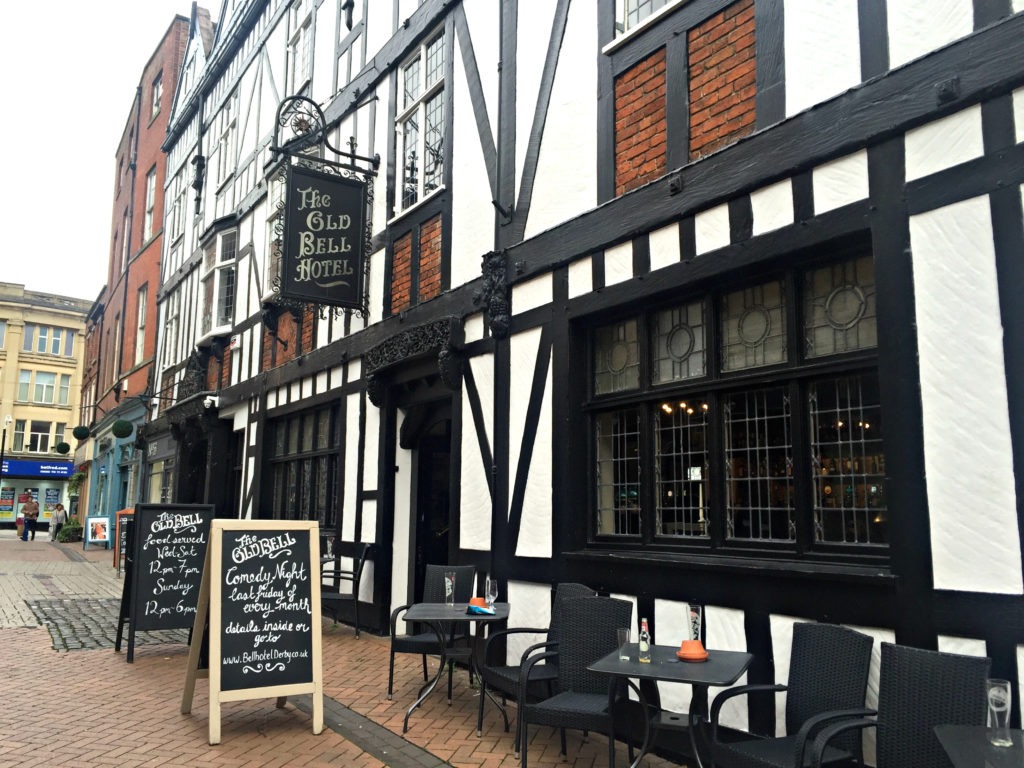
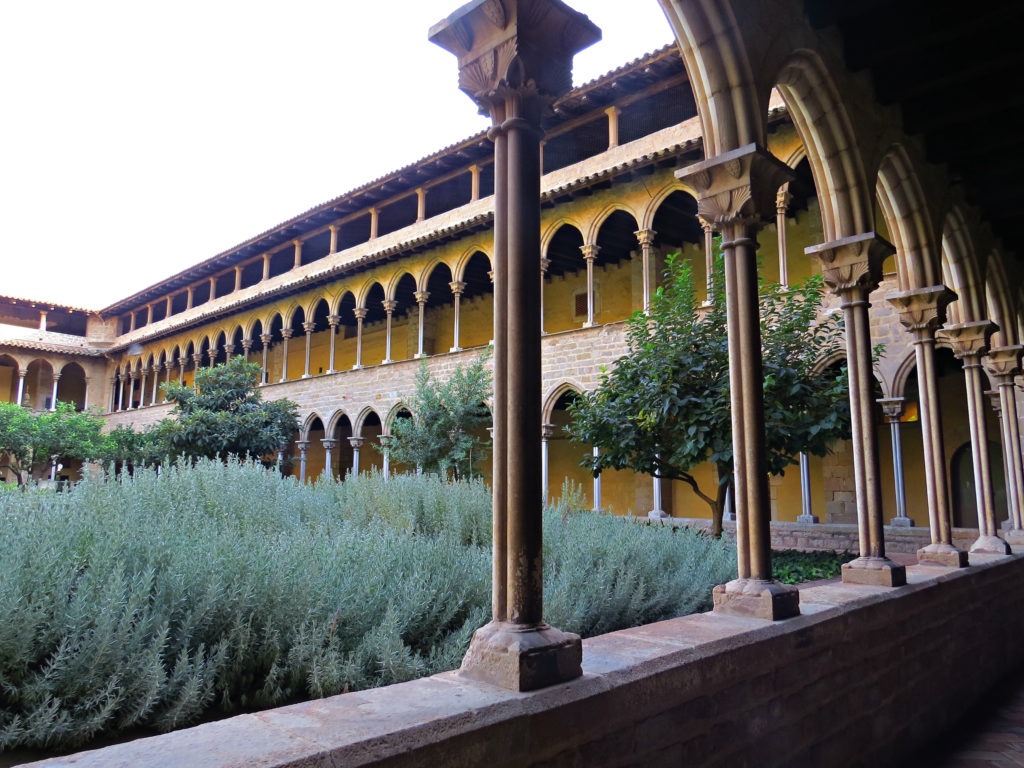

No Comments